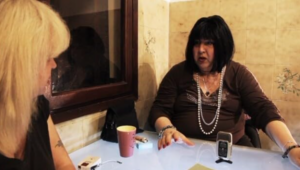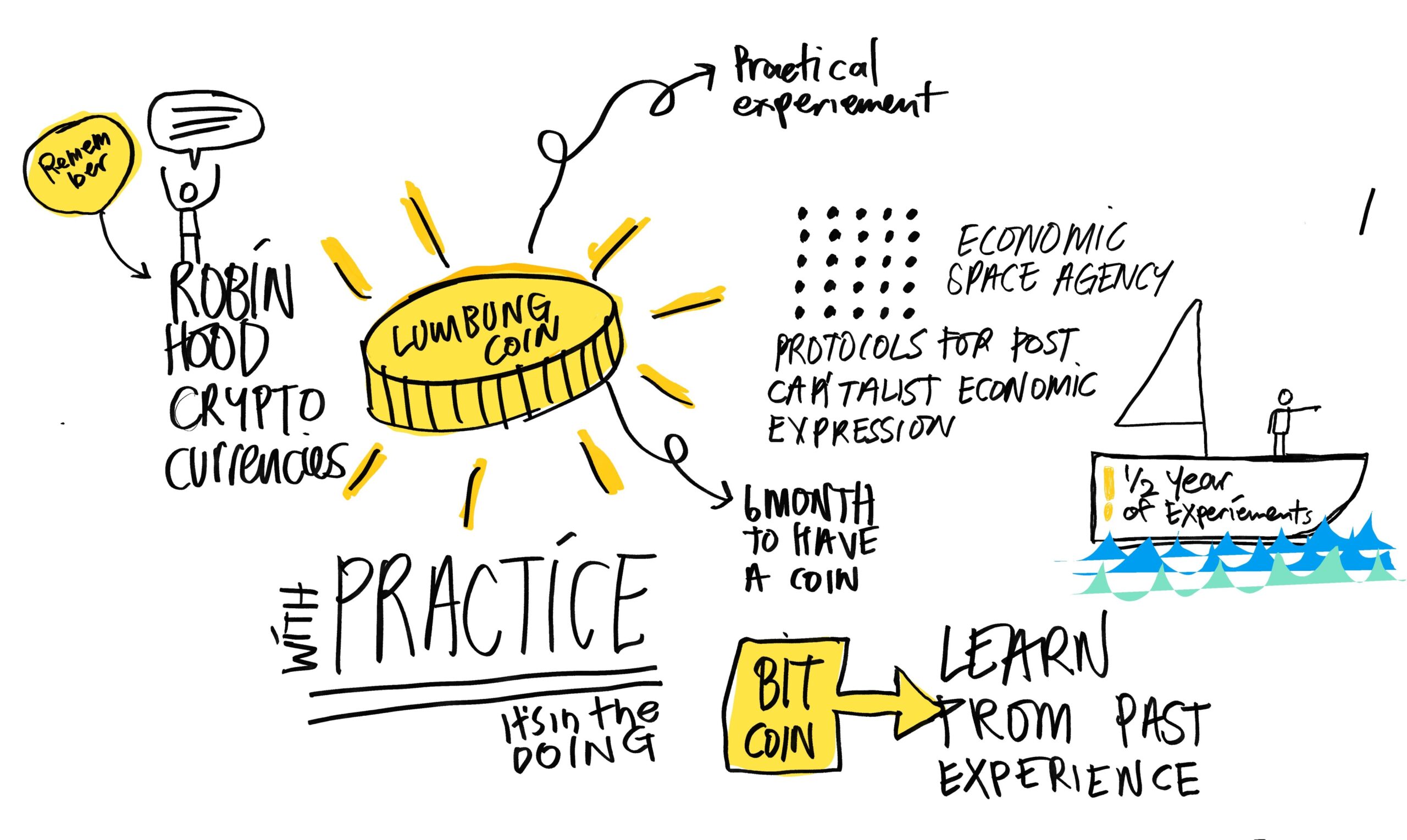In engaging with decolonial curatorial practices, I have been reflecting on Ruangrupa’s participatory model and its potential application within The Sleepwalkers. Their lumbung (collective sharing) approach provides a compelling counterpoint to Western curatorial structures that often prioritize individual authorship over communal knowledge. However, as I consider integrating overlooked histories and marginalized voices, I am increasingly aware of the ethical complexities involved: How can one amplify underrepresented perspectives without commodifying them?
Take, for instance, MoMA’s Chosen Memories (2023), which presents Latin American artists exploring collective memory and erasure. While the exhibition successfully elevates alternative histories, it also operates within an institution deeply embedded in Western capitalist frameworks. This paradox raises a critical concern—can decolonial curation exist within hegemonic structures, or must it dismantle them entirely? Grant and Price, in Decolonizing Art History, argue that merely incorporating diverse narratives without altering institutional power dynamics risks reproducing the same hierarchies (Grant and Price 2020).
Beyond institutional critique, I am drawn to para-archives and oral histories as tools for disrupting traditional curatorial methodologies. For instance, the Greek documentary Kaliarda (2015) reconstructs queer histories through oral narratives, bypassing state-controlled archives (Paola Team Documentaries 2015).

Still from Kaliarda, directed by Paola Revenioti (Paola Team Documentaries, 2015). IMDb. https://www.imdb.com/title/tt5065320/mediaviewer/rm2837668353/.
Moving forward, I am interested in how co-creation—rather than interpretation—can serve as a framework for ethical engagement. Can curators function as facilitators rather than mediators? How can para-archival practices be embedded within exhibition-making? Ultimately, decolonial practice is not about filling gaps in Western art history but dismantling the structures that created those gaps in the first place.
References
1、Grant, Catherine, and Dorothy Price, eds. Decolonizing Art History. London: Routledge, 2020.
2、The Museum of Modern Art. Chosen Memories: Contemporary Latin American Art from the Patricia Phelps de Cisneros Gift and Beyond. New York: MoMA, 2023.
3、Paola Team Documentaries. Kaliarda. Greece: Paola Team Documentaries, 2015.



23 February 2025 at 23:09
Your blog to date has developed a series of reflections around the curatorial practice of non-colonialism. I was very interested in your discussion of traditional archival records versus oral history in Week 2 of your blog. As official records in the conventional sense, the historical objects, books, archives and other records collected in museums provide curatorial practice with an objective perspective to tell the content to be displayed, but this objectivity is also influenced by Western hegemony to some extent, as you said: some artists or histories have been erased from the mainstream art history by the force holding the historical narrative power. I think this kind of erasure may create certain logical holes in the existing mainstream narrative, and perhaps you can try to find some meeting points between official records and personal oral history through these logical holes, and provide a multi-perspective narrative for the curation of the theme of “revisiting history”.